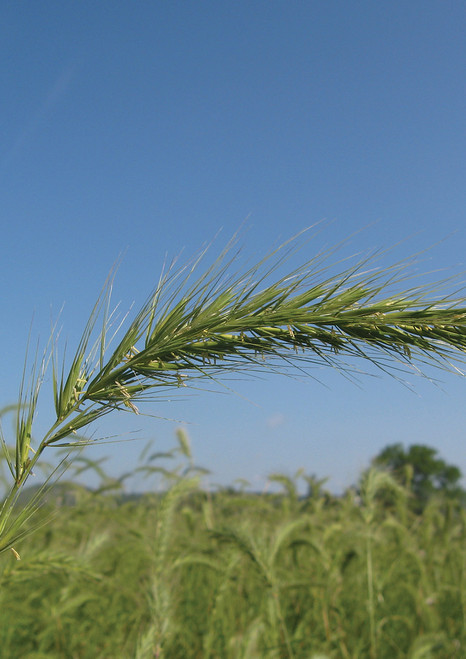A great choice! This low, trailing or creeping perennial is drought tolerant and long-blooming. Its range is throughout the great plains and portions of the southwest. Butterflies are attracted to the masses of purple blooms. You will enjoy the sweet fragrance.
The Natives are Friendly
Prairie Verbena is an amazing native perennial. It is drought tolerant and highly deer resistant for those areas that are suffering under increased deer pressure. This beautiful low growing trailing plant likes dry to medium moist sites and can be found along roadsides, pastures, and open grassy areas often covering acres of ground. It is widespread throughout the state of Texas and several years ago, in the Texas Hill Country, pasture after pasture was covered with carpets of purple. It likes well drained soils like sand, loam, clay, caliche and limestone. This native can be found from Northern Mexico north to Oklahoma and west to New Mexico and Arizona. It thrives in full sun in open pastures & grasslands but will also tolerate partial shade.
Prairie Verbena, Glandularia bipinnatifida, is also known as Dakota vervain, purple prairie verbena, and Dakota mock vervain. The genus Glandularia is a member of the Verbena family, family verbenaceae, which includes Teak, prized for its wood, Lantana, Lippia or Frog Fruit, and Chase Tree or Vitex. The Spanish name Moradilla comes from the Spanish word for purple, morado. Moradilla actually means Little Purple One. It generally has a purple bloom but this can vary from a bluish purple to a violet to a pink. The blankets of purple flowers make an attractive nectar source for butterflies and bees. Prairie Verbena’s extended bloom time from March through October benefits both gardeners and pollinators. Maybe this year we will be blessed with fields, pastures, and roadsides carpeted with Purple Prairie Verbena.



























